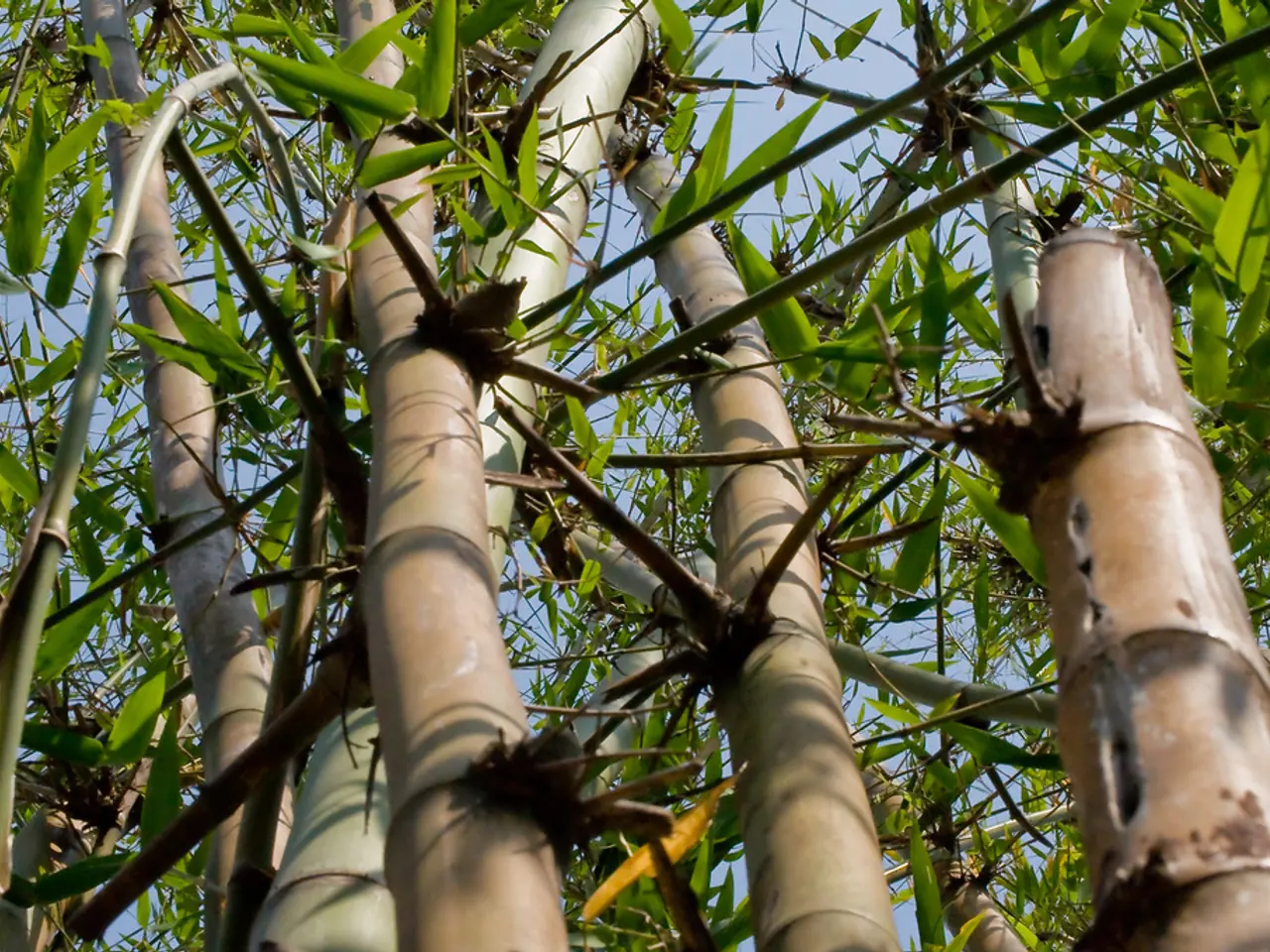Soil Mildew Exploration: Root Causes and Remedies for White Vegetation Growth
In homes, especially those in cities with varying weather conditions like Toronto, mould is a common problem that can cause health issues and property damage. When it comes to plants, white mould on soil is a common issue caused by overwatering, poor drainage, poor air circulation, and the use of organic fertilisers. Here's a guide on how to prevent and manage white mould on plant soil.
1. Prevent Overwatering and Improve Drainage
Allowing the soil to dry out slightly between waterings and ensuring soil is well-draining is key to preventing white mould. Avoid watering plants too often as excess moisture fosters mould growth.
2. Enhance Air Circulation
Increasing airflow around plants is essential. Open windows, use fans, or prune dense foliage to reduce humidity and stagnant air that promote mould. Good ventilation helps keep soil surface dry and mould-free.
3. Use Proper Soil and Fertilisers
Amend soil with well-rotted organic matter like compost to improve fertility and drainage. However, avoid excessive use of organic fertilisers that may create conditions favouring mould. Conduct soil tests to balance nutrients and pH (ideal range 6.0-7.0).
4. Remove Mould and Affected Soil Layers
Physically remove moldy patches by scraping off the top layer of soil or wiping with kitchen paper. Replace with fresh, sterile potting mix if needed.
5. Consider Organic Fungicides
In cases of persistent or spreading fungal issues, organic fungicides such as copper-based products can help control mould without harming plants. Neem oil may also be used to treat related pests and fungal problems, but the primary approach should be environmental control.
6. Additional Tips
Group plants to balance humidity levels, mulch to regulate soil moisture, and avoid black weed mats that can increase soil temperature favouring fungal growth.
Preventing Mould in Homes
For homes, increasing sun exposure is an effective, natural way to fight mould growth. Opening curtains and blinds, rearranging furniture, and airing out fabrics in direct sunlight can help prevent mould growth. However, sunlight may not be effective for thick or plush items like couches or stuffed animals. In such cases, artificial UV light sources like UV lamps or solar tubes can be used to reach areas that natural sunlight cannot.
Preventing White Mildew on Plants
White mildew on plants is usually caused by overwatering and poor air circulation. By addressing watering habits, improving soil drainage and fertility, increasing air circulation, and removing mold physically or with safe fungicides, you can effectively prevent and manage white mould on plant soil. Mould itself is often not directly harmful to plants but signals excess moisture that should be corrected.
[1]: Source 1 [2]: Source 2 [3]: Source 3 [4]: Source 4 [5]: Source 5
(1) When dealing with environmental-science issues related to home maintenance, increasing sun exposure is a natural method for preventing mould growth in homes, as it dries out damp areas. This can be achieved by opening curtains and blinds, rearranging furniture, and airing out fabrics.
(2) In the realm of lifestyle choices that influence home-and-garden activities, proper soil management plays a crucial role. This includes addressing watering habits, improving drainage, and enhancing air circulation around plants, which in turn helps prevent the growth of white mould on plant soil.




